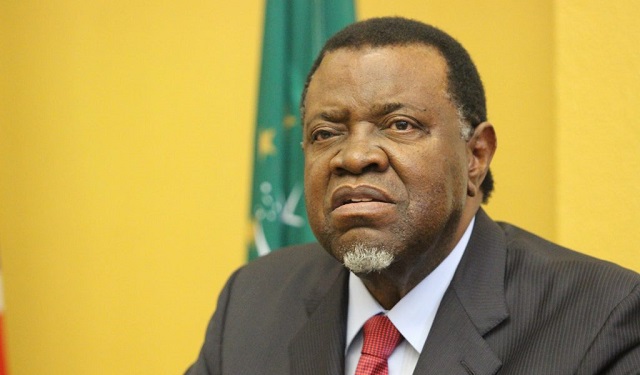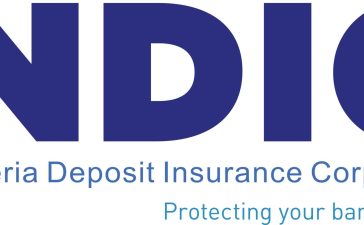Namibia announced on Tuesday at the COP27 summit that it had received over 540 million euros ($544 million) in climate finance from the Dutch government and the European Investment Bank.

Namibia, one of the world’s sunniest and least densely populated countries, wants to produce green hydrogen and establish itself as Africa’s renewable energy hub.
The Dutch grant comes from infrastructure funding vehicle Invest International, while the European Investment Bank facility will be used to build green hydrogen and renewable energy projects in Namibia.
President Hage Geingob stated that the funds represented the largest amount of concessionary finance secured by his country to date to combat the effects of global warming.
Also on Tuesday, Namibia signed a memorandum of understanding with the European Union on renewable hydrogen and rare raw materials.

Geingob gave no specifics on the agreement but said experts from both sides would soon meet to hammer out joint plans.
Hydrogen is categorised “green” when it is made with renewable power and is seen as key to help decarbonise industry, though the technology remains immature and relatively costly.
In May, the EU’s energy strategy set a goal of importing at least 10 million tonnes of “green” hydrogen by 2030, with another 10 million tonnes to be produced within the bloc. REUTERS







